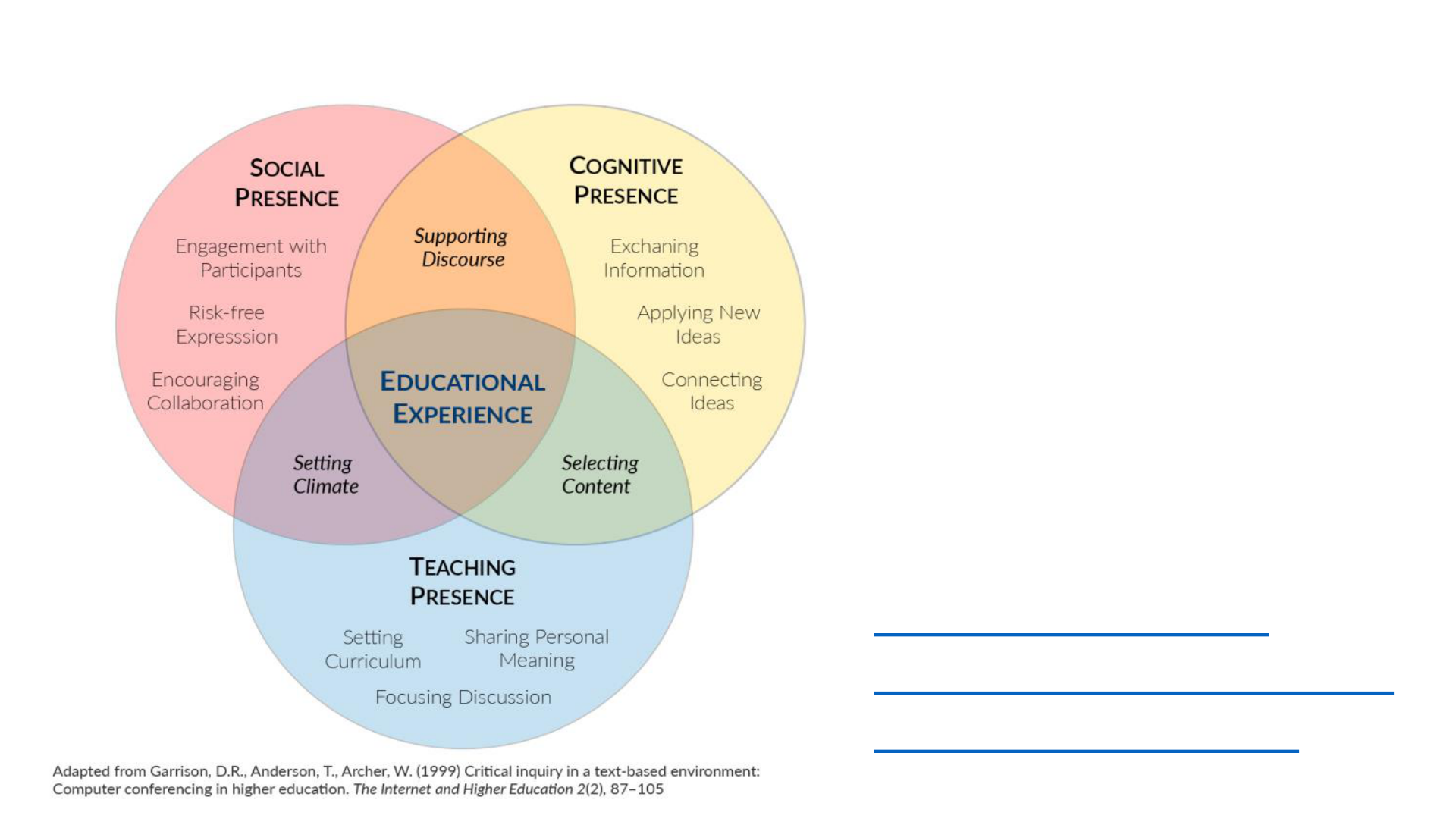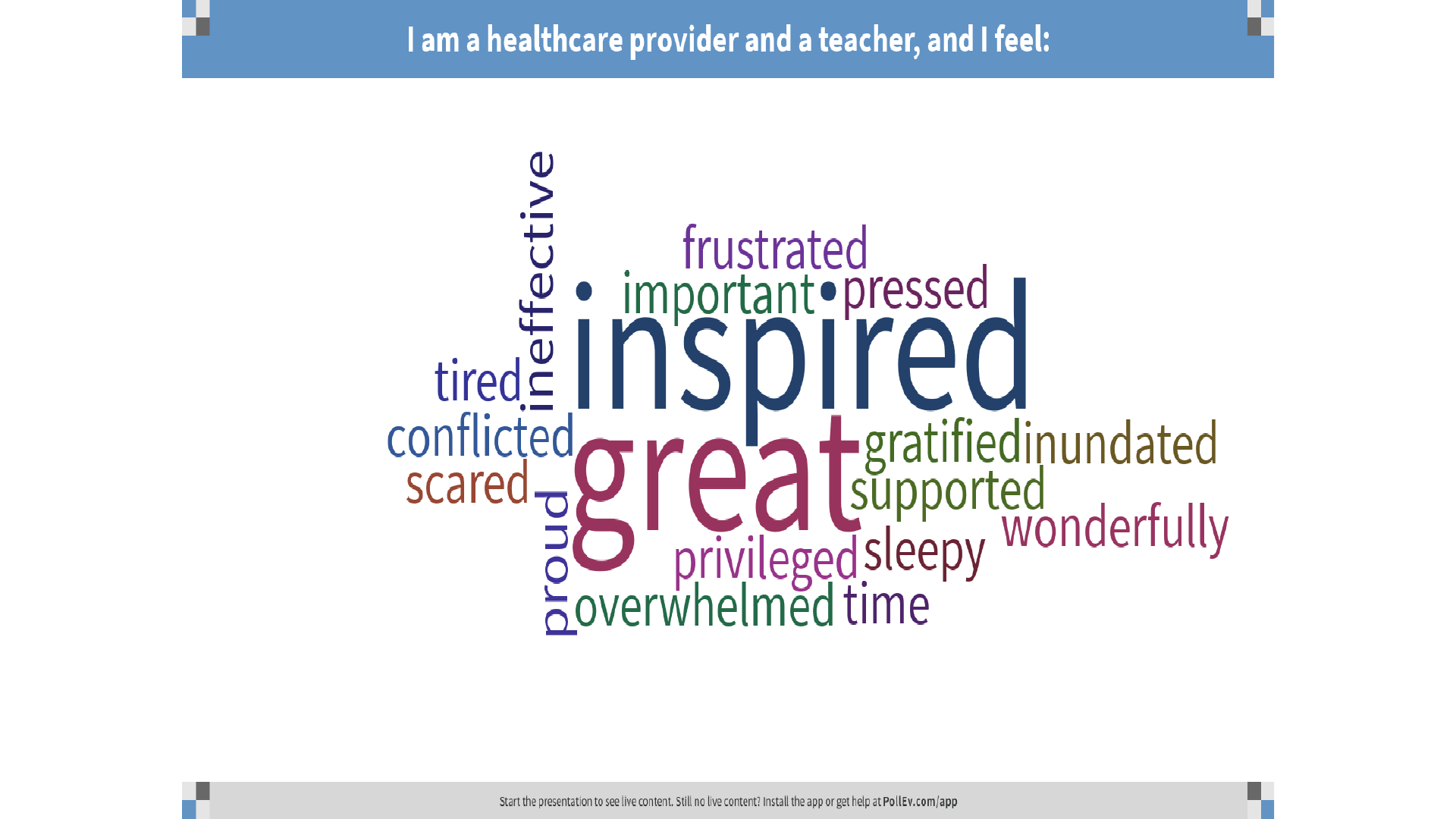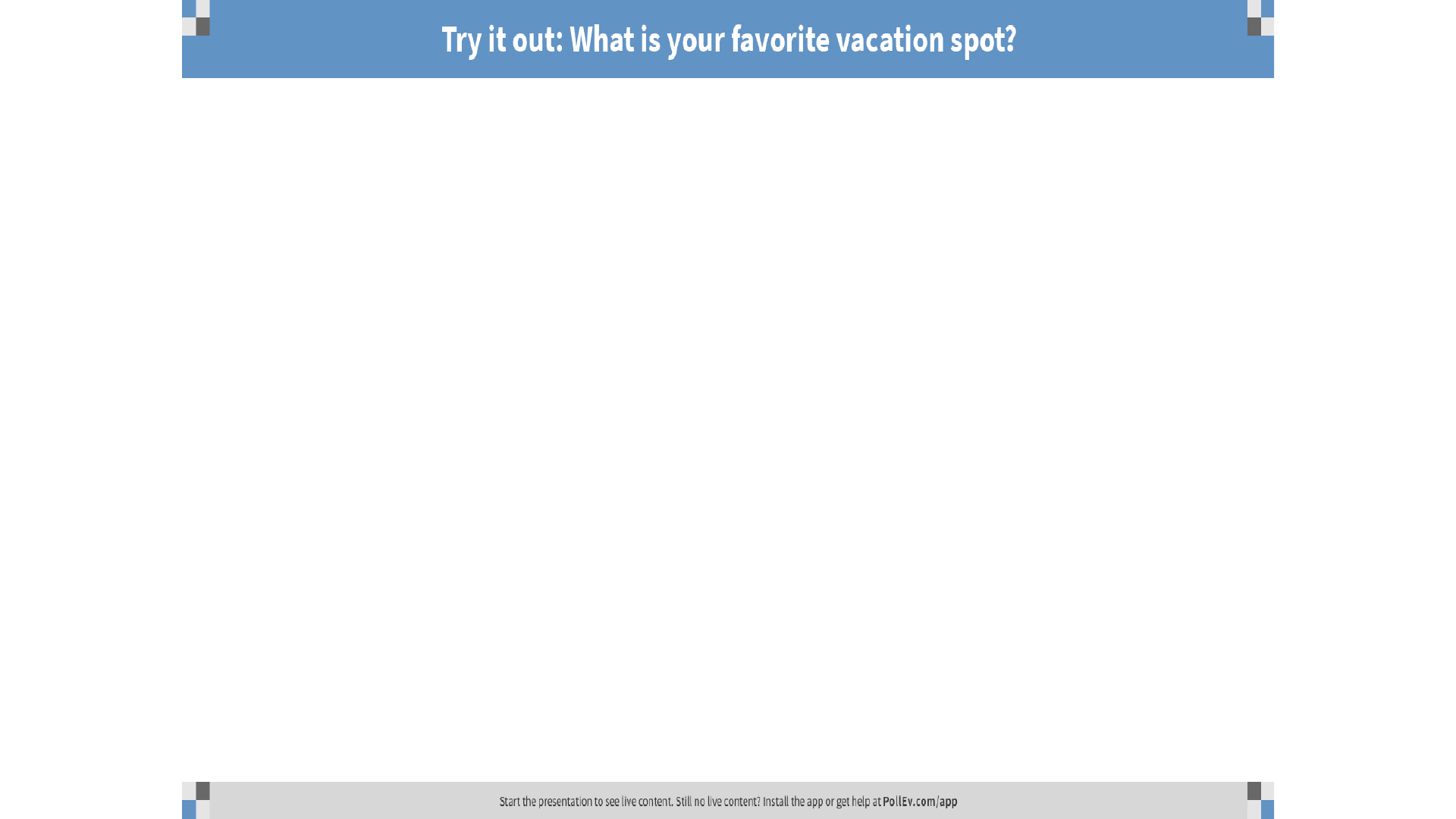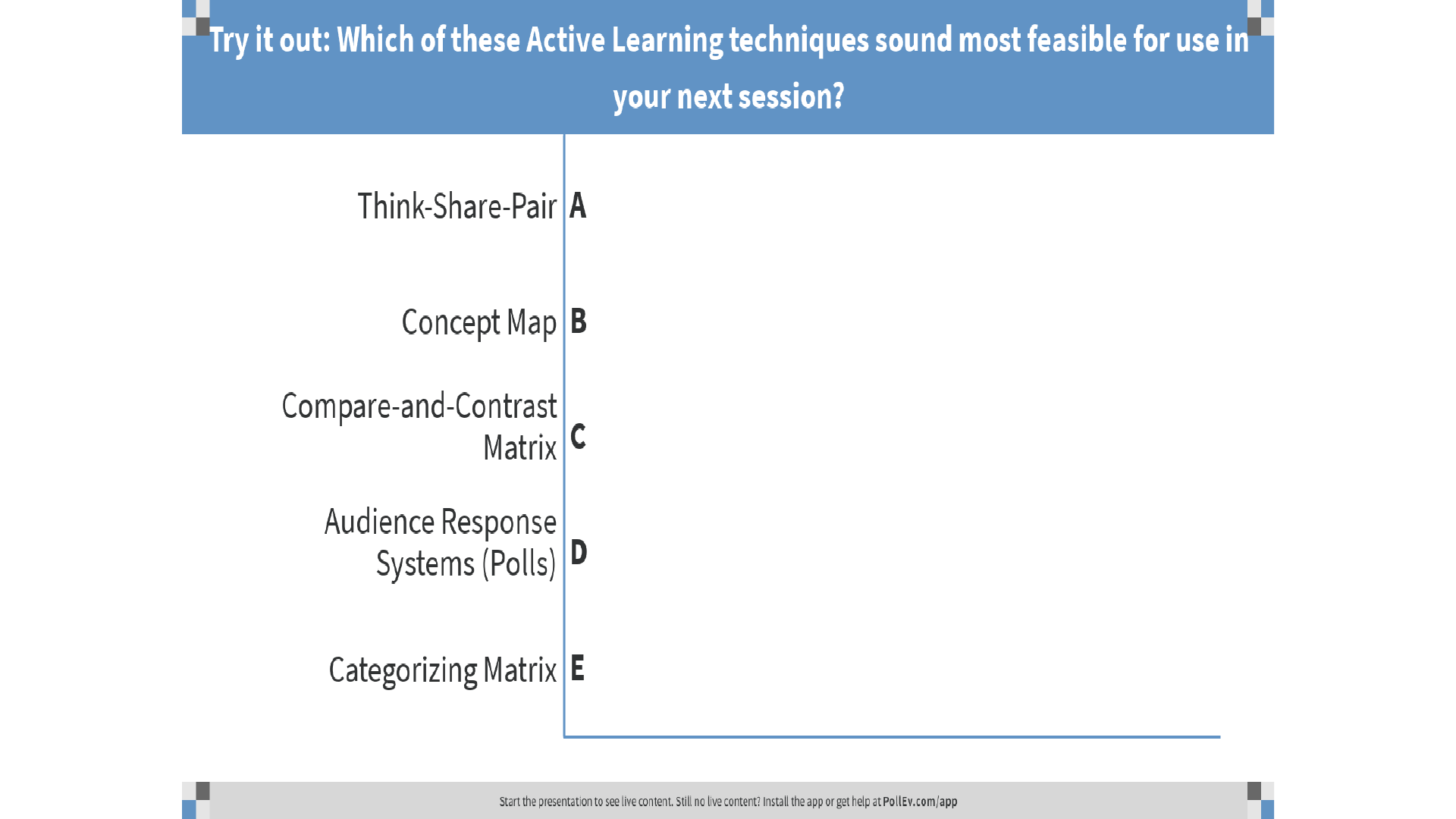
LGS – PPT Template
For Knowledge in Action:
Face-to-Face and Remote
Elisabeth Schlegel,
MSc PhD MBA MS (HPPL)
Update October 2-2020

• Read, write, discuss, and be engaged in solving problems:
Critical thinking/clinical reasoning.
• 3 learning domains: Knowledge, skills and attitudes (KSA):
Ensure learners walk away with practical knowledge/skills/tools.
• Active learning engages students in two aspects:
Doing things and thinking about the things they are doing.
Implementing Active Learning for
Knowledge in Action
inspired by Alice Fornari
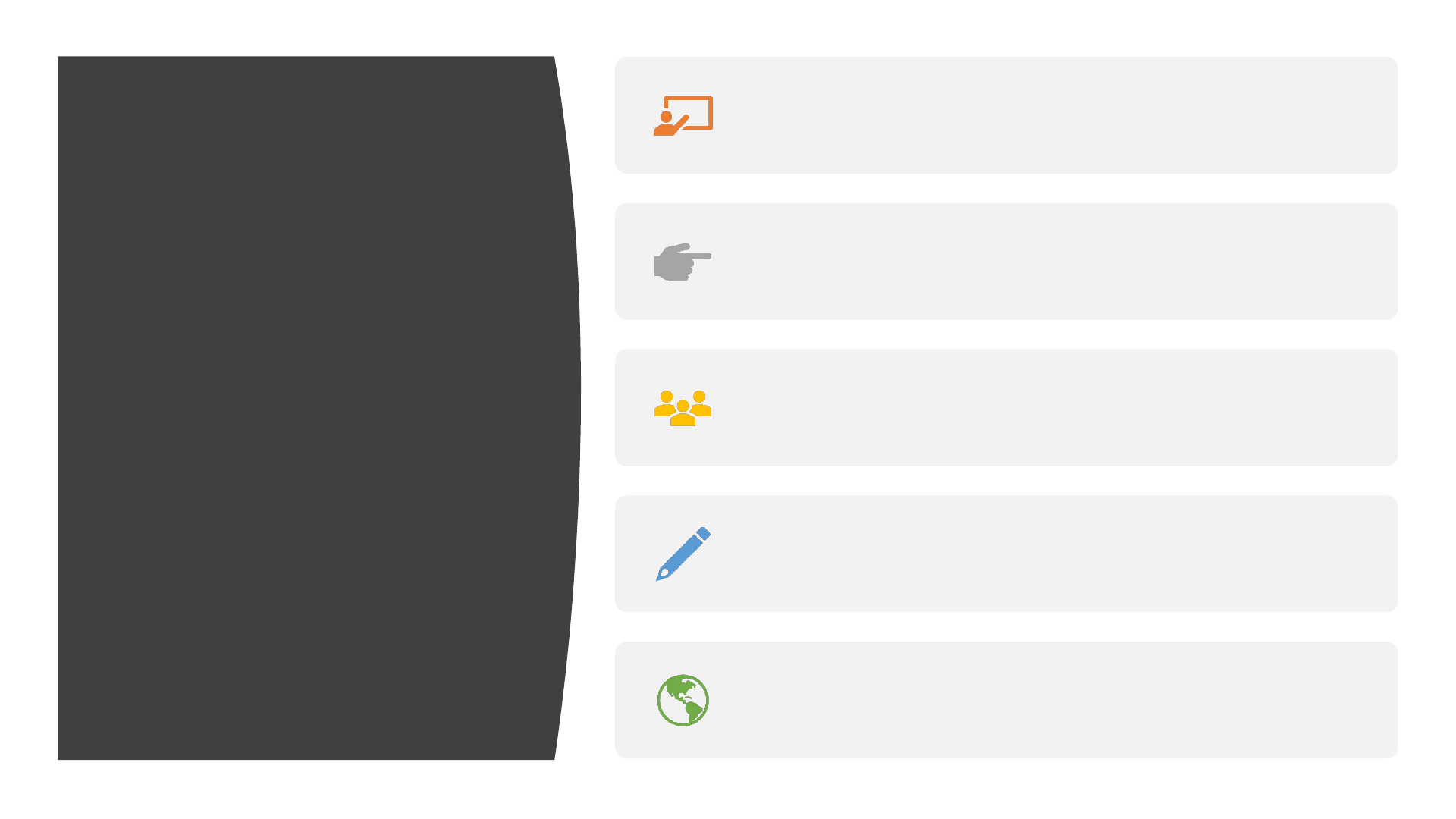
Foreword:
Stages in a
Large Group
Session LGS
Get learners attention
Preview what is to come-agenda
Present material-use engagement of audience
Summarize what was presented-key learning points
Close strong –application to real world
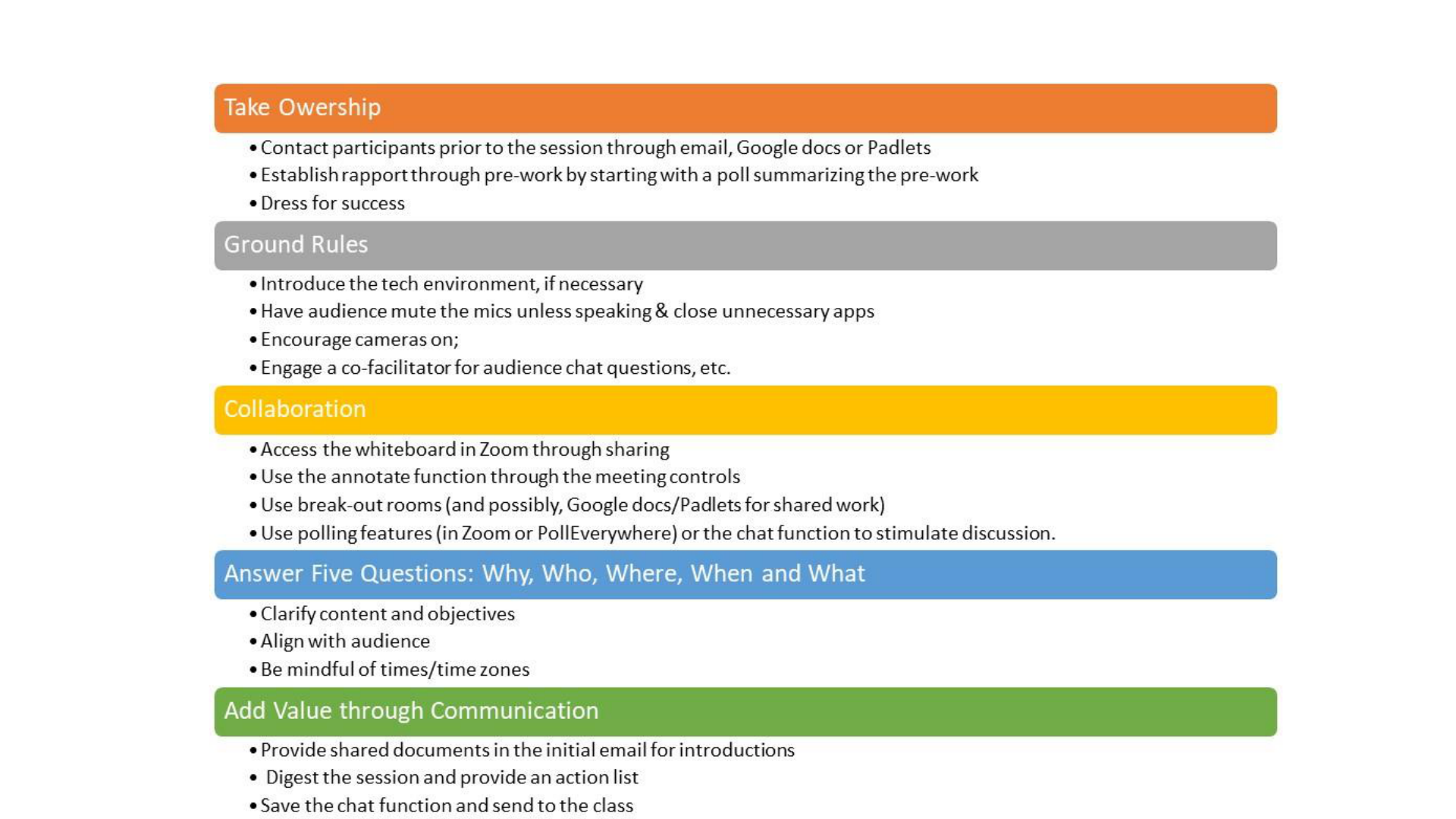
Enrich the Stages in an Online LGS
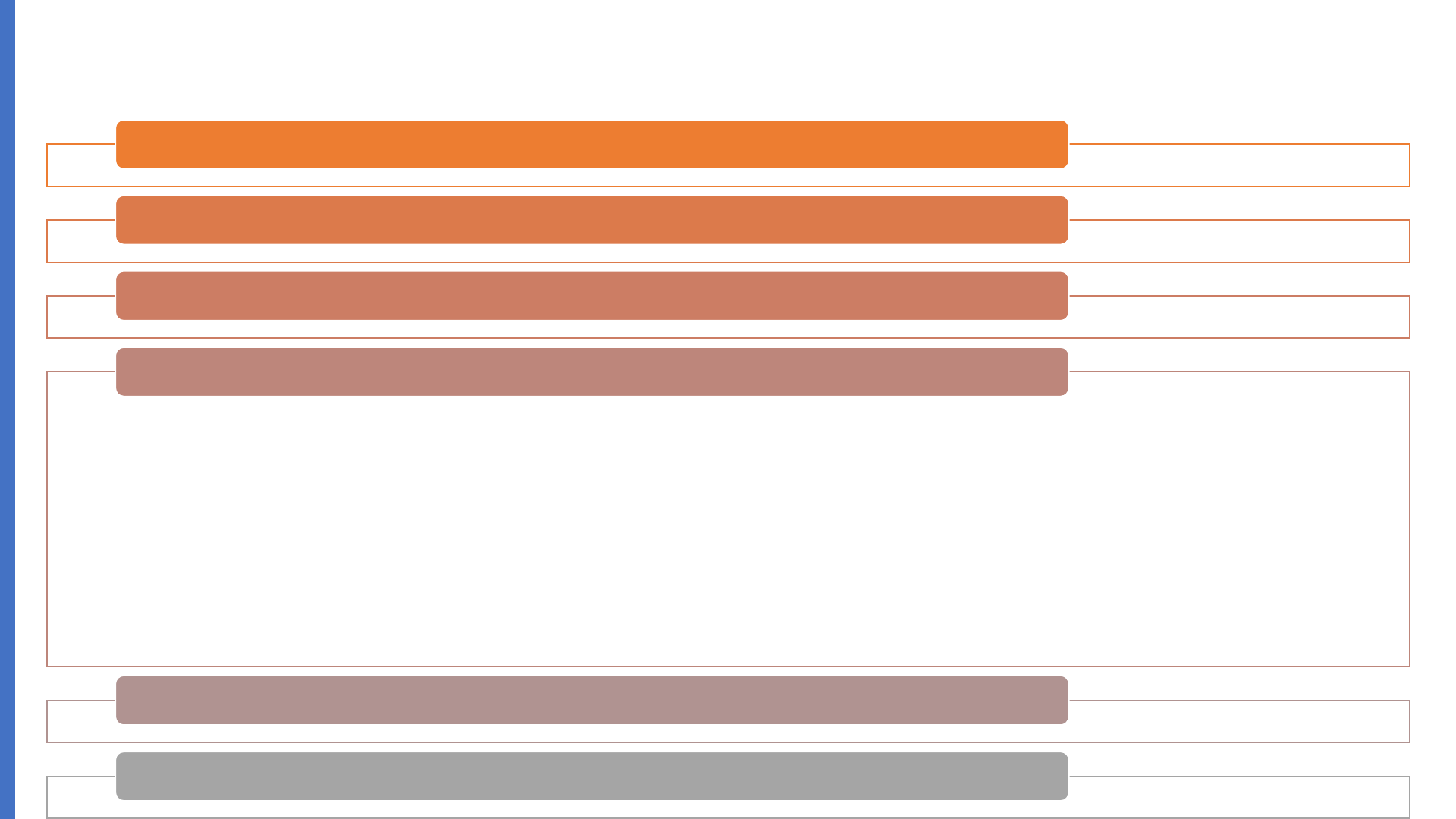
General LGS Flipped Classroom Approach
Students received the Learning Objectives in the Pre-work
General Opening of the Session (Greeting & Introduction of Topic)
Key concepts for Active Learning techniques
• Think-Pair-Share
• PollEverywhere
• Cases
• Socratic questioning and annotating the screen
• Compare and Contrast Activity
• ………
• Summarize each Active Learning application
Popular Active Learning techniques
Close the session – provide Summary (can also review Learning Objectives)
Thank You! – Q & A
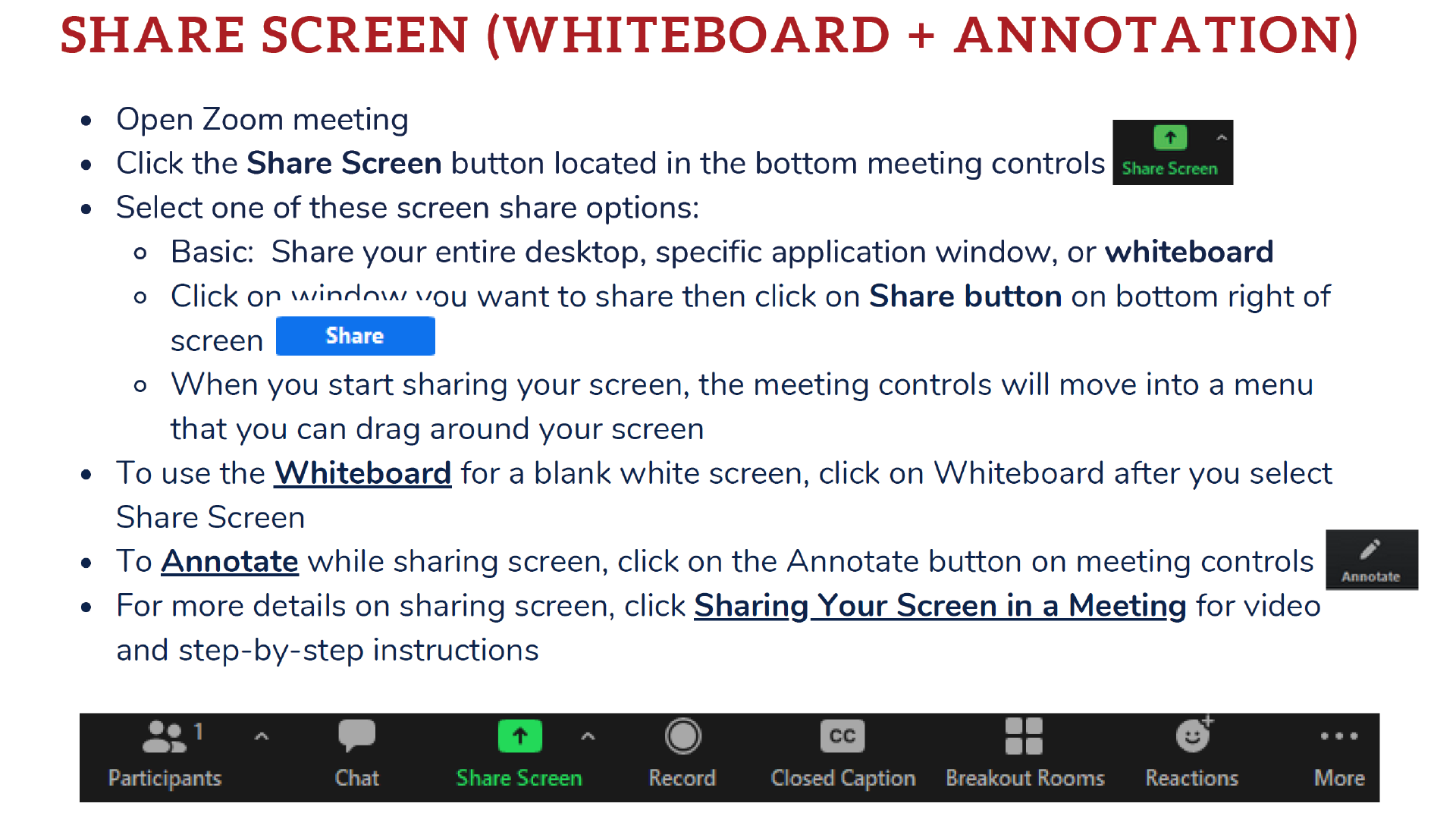
White Board and Annotation
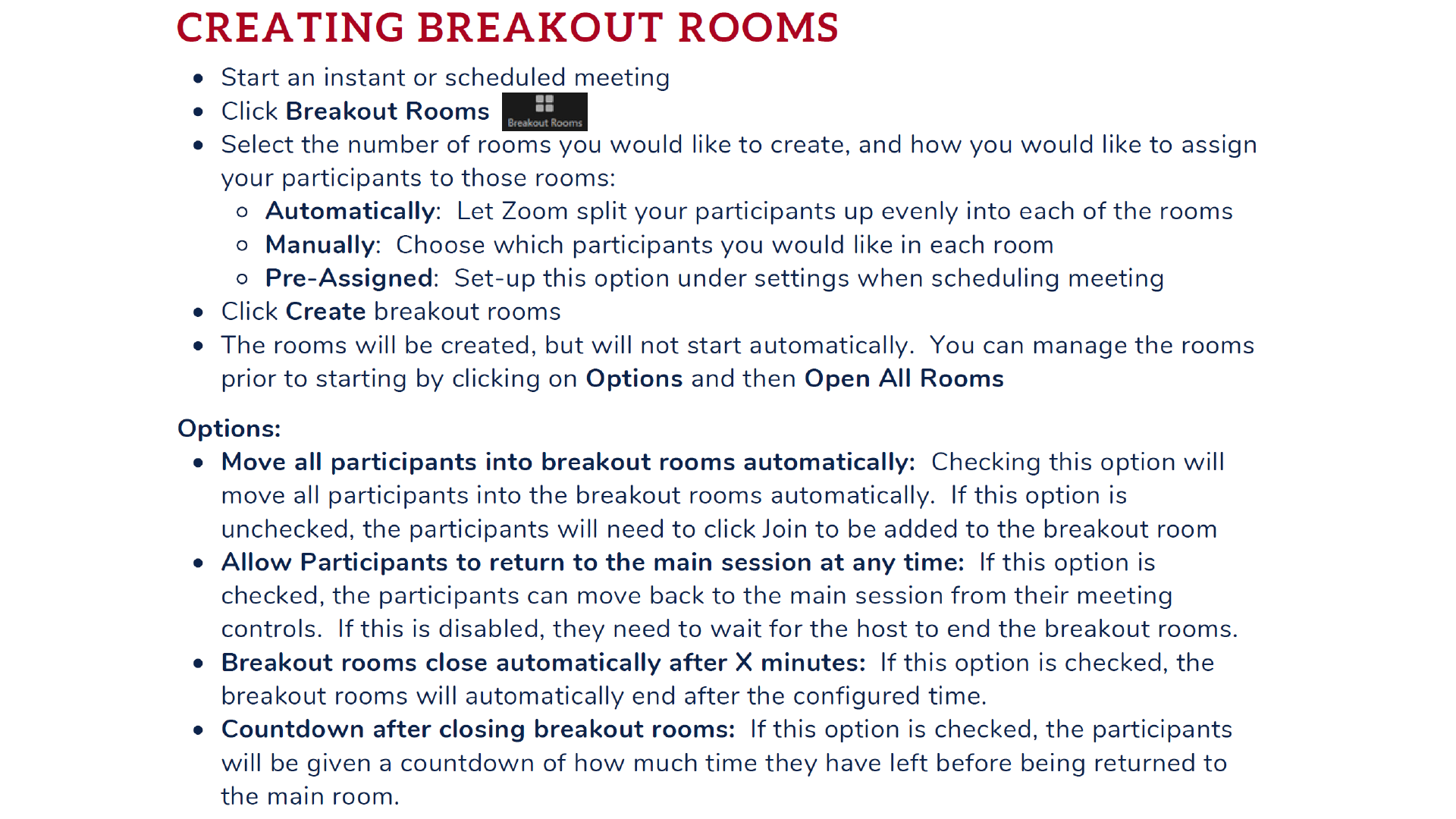
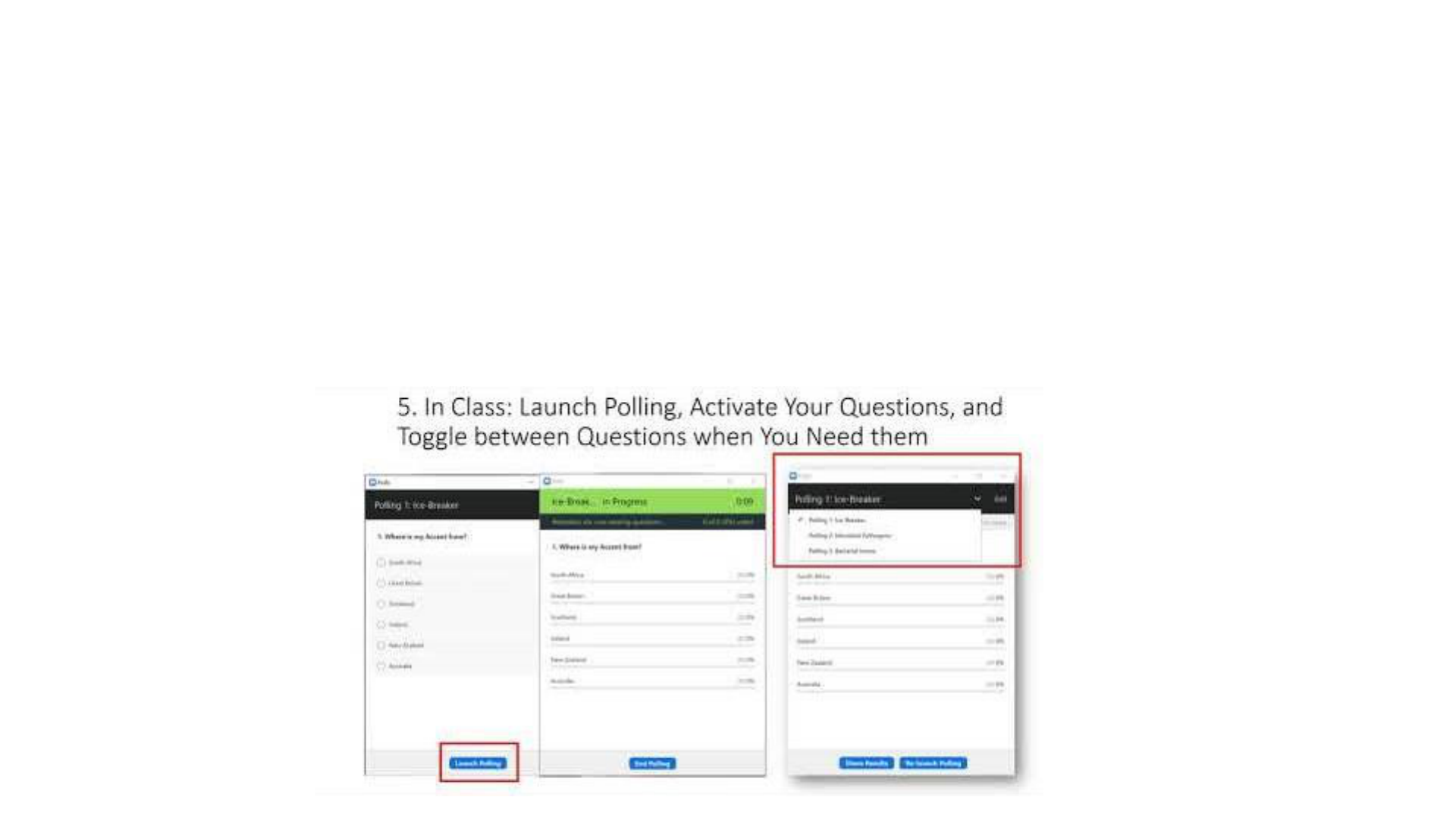
.
ZOOM™ does not offer the same array of options as Poll Everywhere, but it offers
using multiple-choice questions. Let’s try!
Polling in ZOOM™: Technology-enhanced
Active Learning
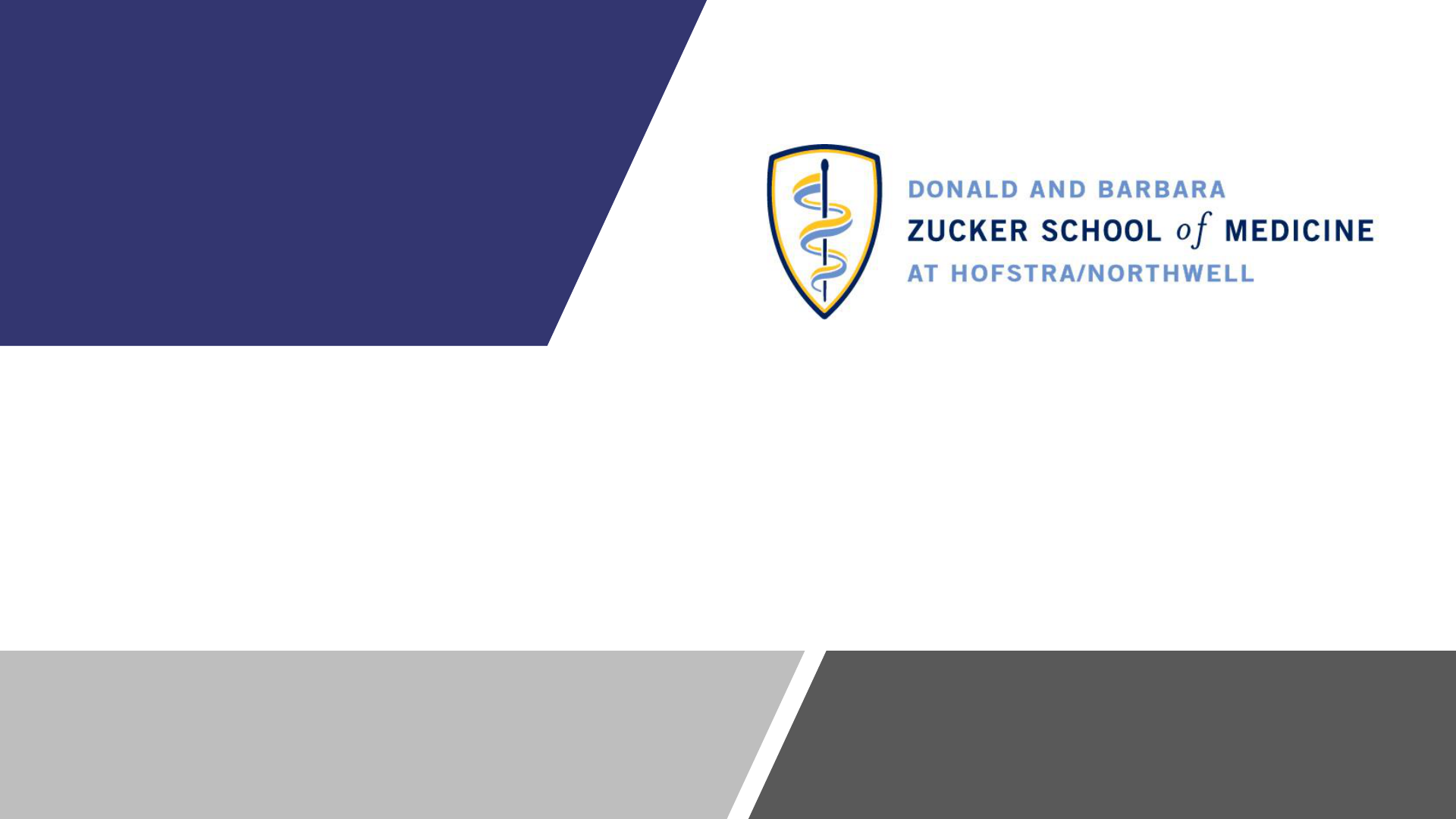
Template: -Title-
My Name:

Learning Objectives:
1) E.g., Knowledge in Action: Discuss the
proactive approach to Active Learning
2) E.g., Identify, explain and apply three
Active Learning Techniques
3) E.g., Reflect on effective Learning
Experiences
Goals:
e.g., At the conclusion of this session,
learners will be able to apply the key
concepts……..
Step 1: Goals & LOs

General Opening of the Session –
(Greeting & Introduction of Topic)
[General Opening]
Step 2: General Opening & Key Concepts

Chunk the Content into Concepts:
Key Concept 1
1. Mini didactics - Content
2. Active Learning Activity: Socratic Questioning; polling; cases and
report out;
3. Summary of Answers/Debrief for all Learners

Key Concept 2
1. Mini didactics - Content
2. Active Learning Activity
3. Summary of Answers for all Learners

Key Concept ……..
1. Mini didactics - Content
2. Active Learning Activity
3. Summary of Answers for all Learners

Close the session: Key Takeaways & – Summary
(can also review Learning Objectives)
1. …….
2. …….
3. Send-off: The most important point learned
1. Have participants place a key takeaway into into the chat
– (can make a word cloud)
2. Save the chat and send
3. PollEverywhere

Thank You! – Questions & Answers
Email address of Presenter:

Appendix:
Active Learning Techniques
Think-Pair-Share; PollEverywhere; Handouts; ……

1. Think-Pair-Share Activity
(Physical)
Key Point:
Knowledge in Action: e.g., Discuss the physiology of X
in a healthy individual
1. Think: Give it some thought - formulate two
sentences summarizing.
2. Pair: Turn to your neighbor and discuss your
thoughts (about 5 min).
3. Share with the group.
4. Presenter: Close with a summarizing slide for the
audience.
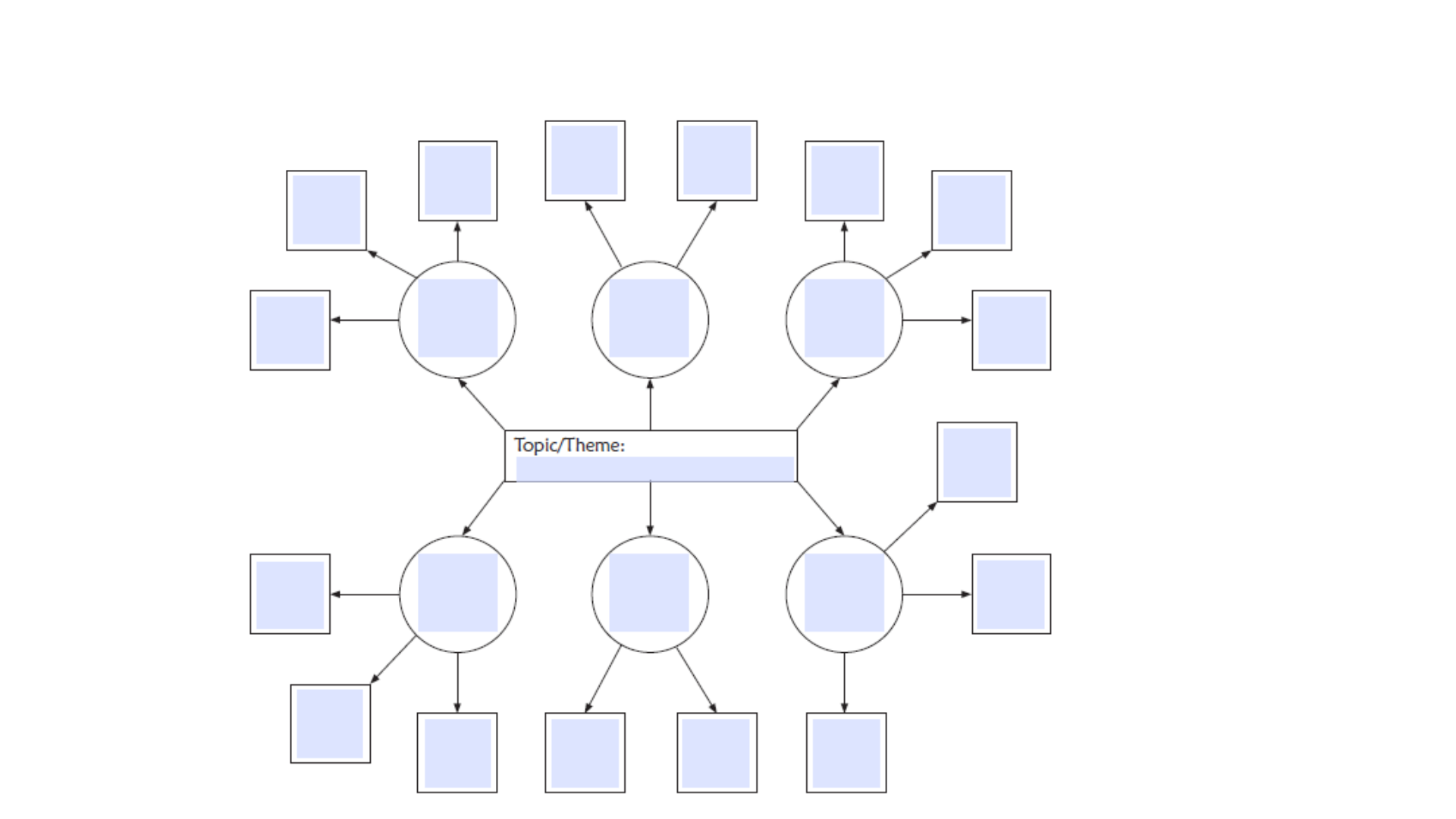
2. Concept Maps/Mind Maps
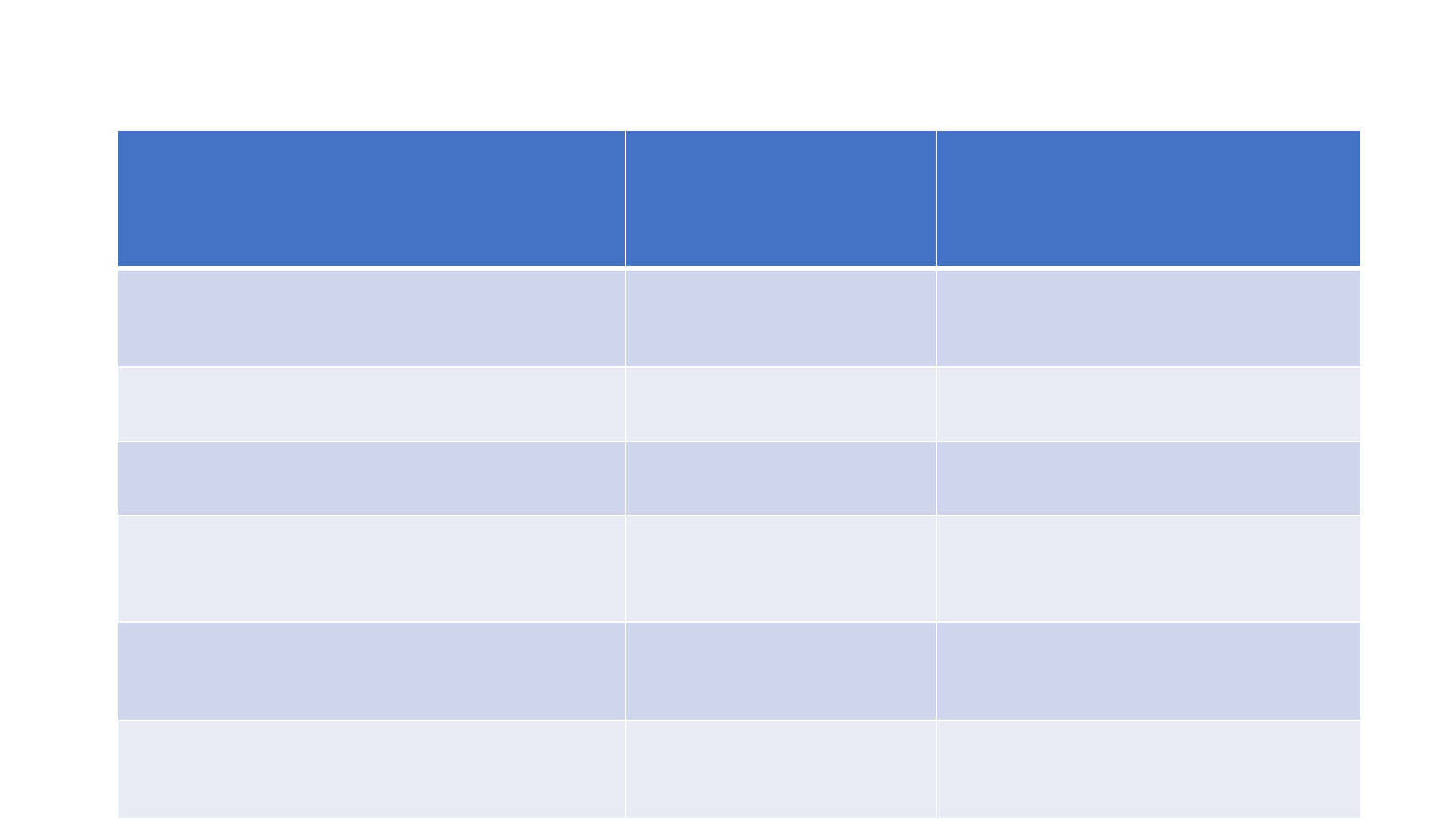
CHARACTERISTICS
EPITHELIAL
TISSUE
CONNECTIVE
TISSUE
CELL DISTRIBUTION
EXTRACELLULAR MATRIX
BASAL LAMINA vs. MATRIX
STRONG vs. WEAK CELL
ADHERENCE
VASCULARIZATION
POLARITY
3. Compare and Contrast
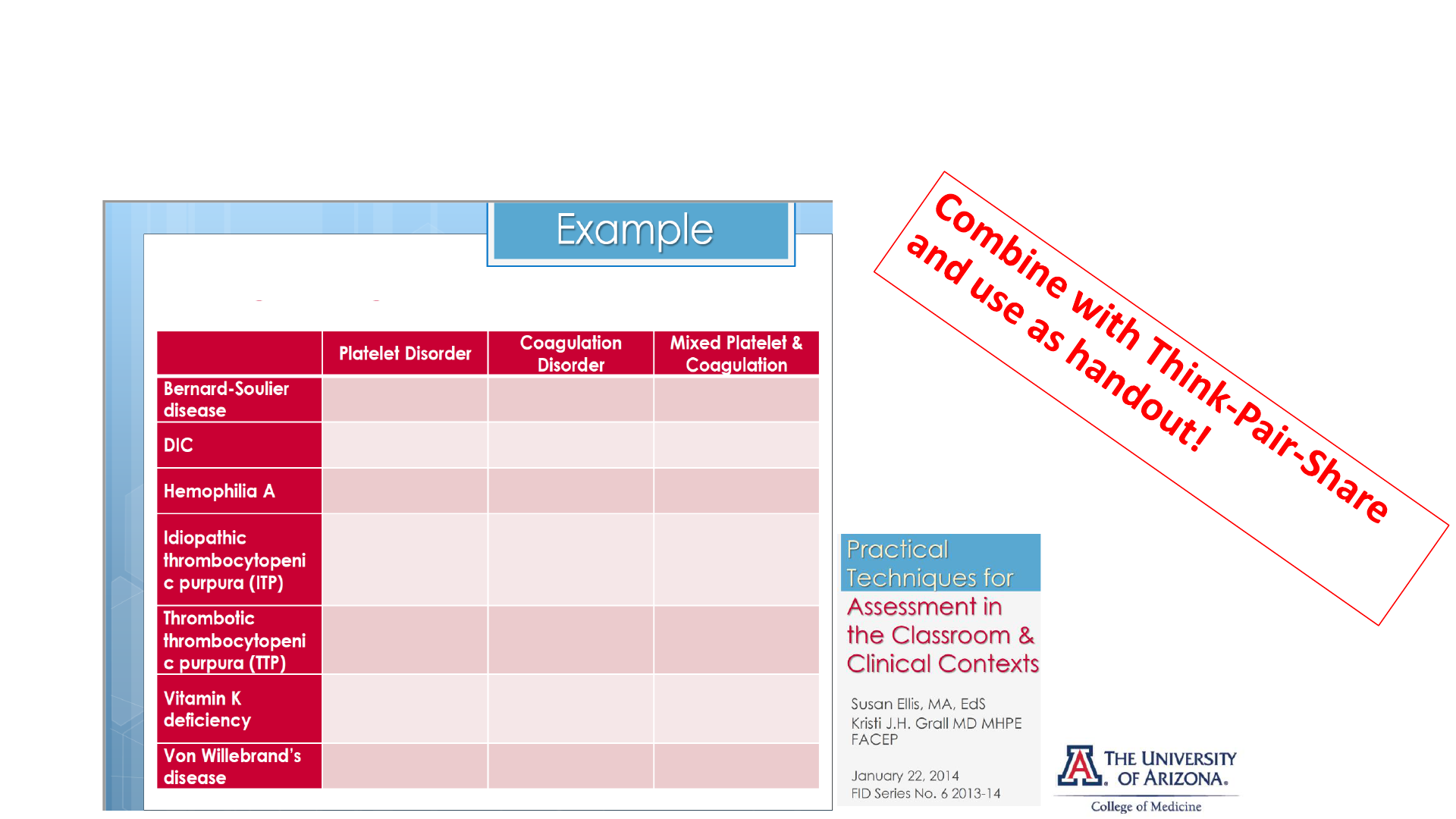
4. Categorizing Matrix
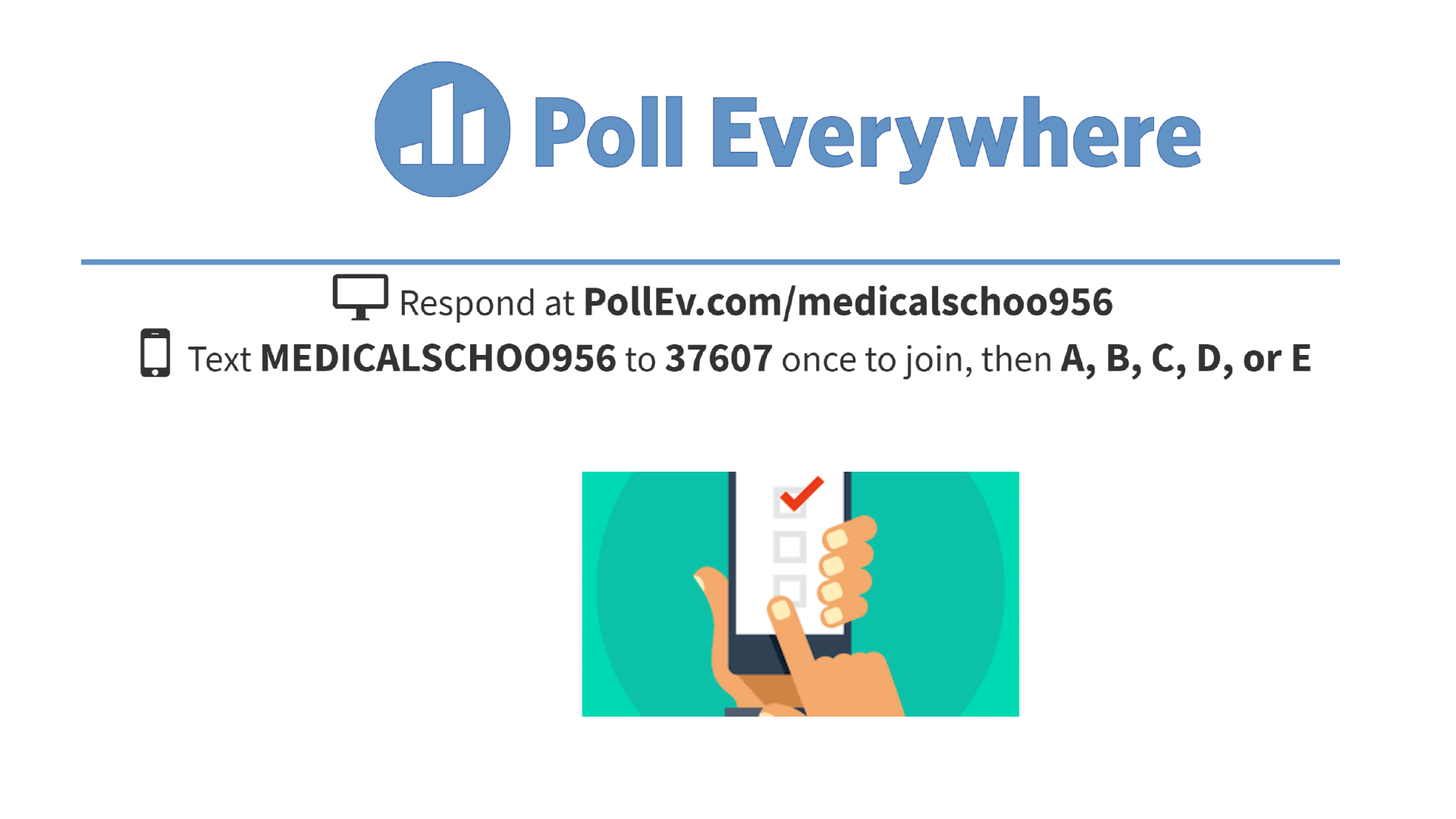
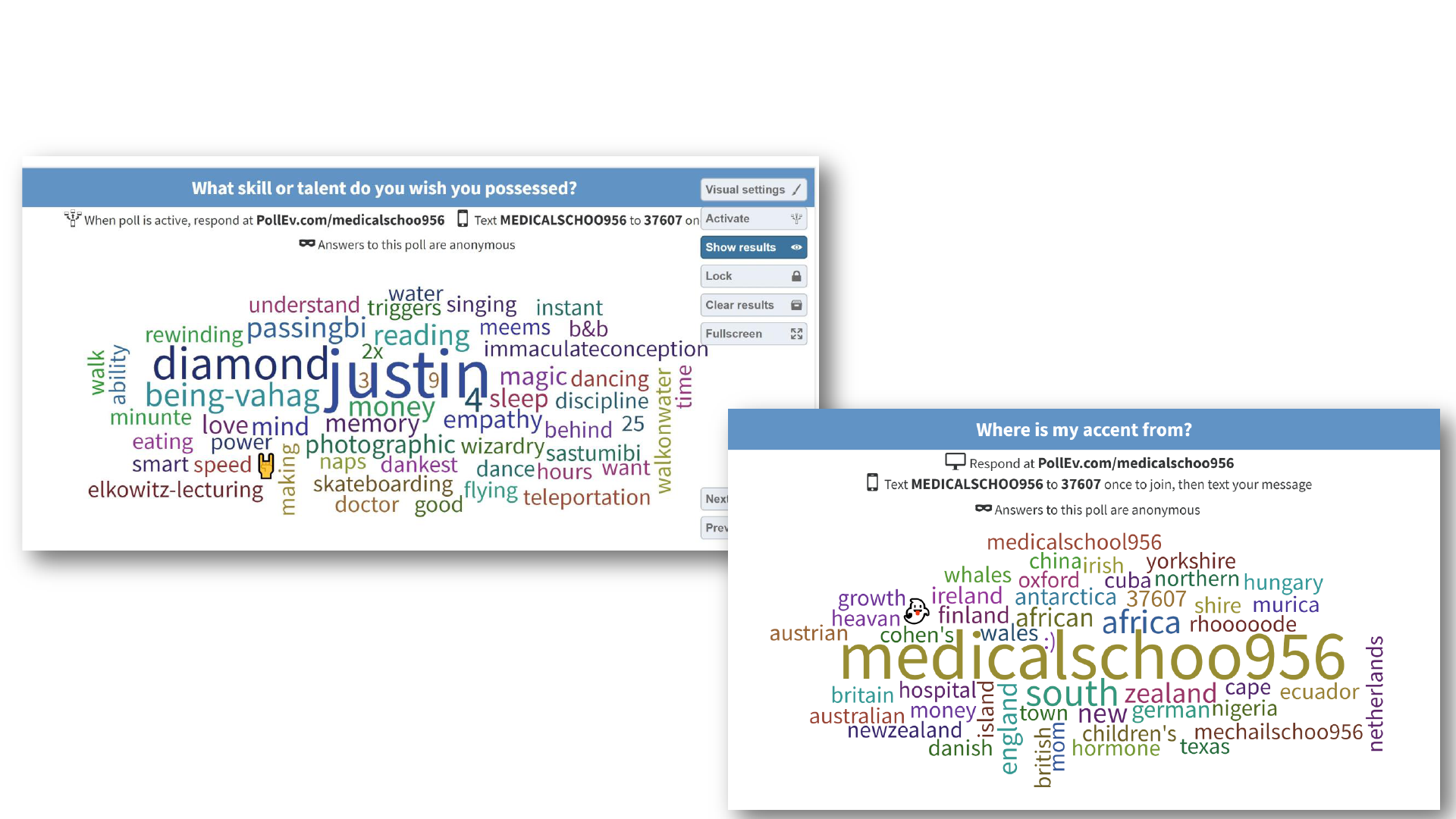
2.1. Using PollEverywhere – Start with an Ice Breaker to
Orient Students to the Activity
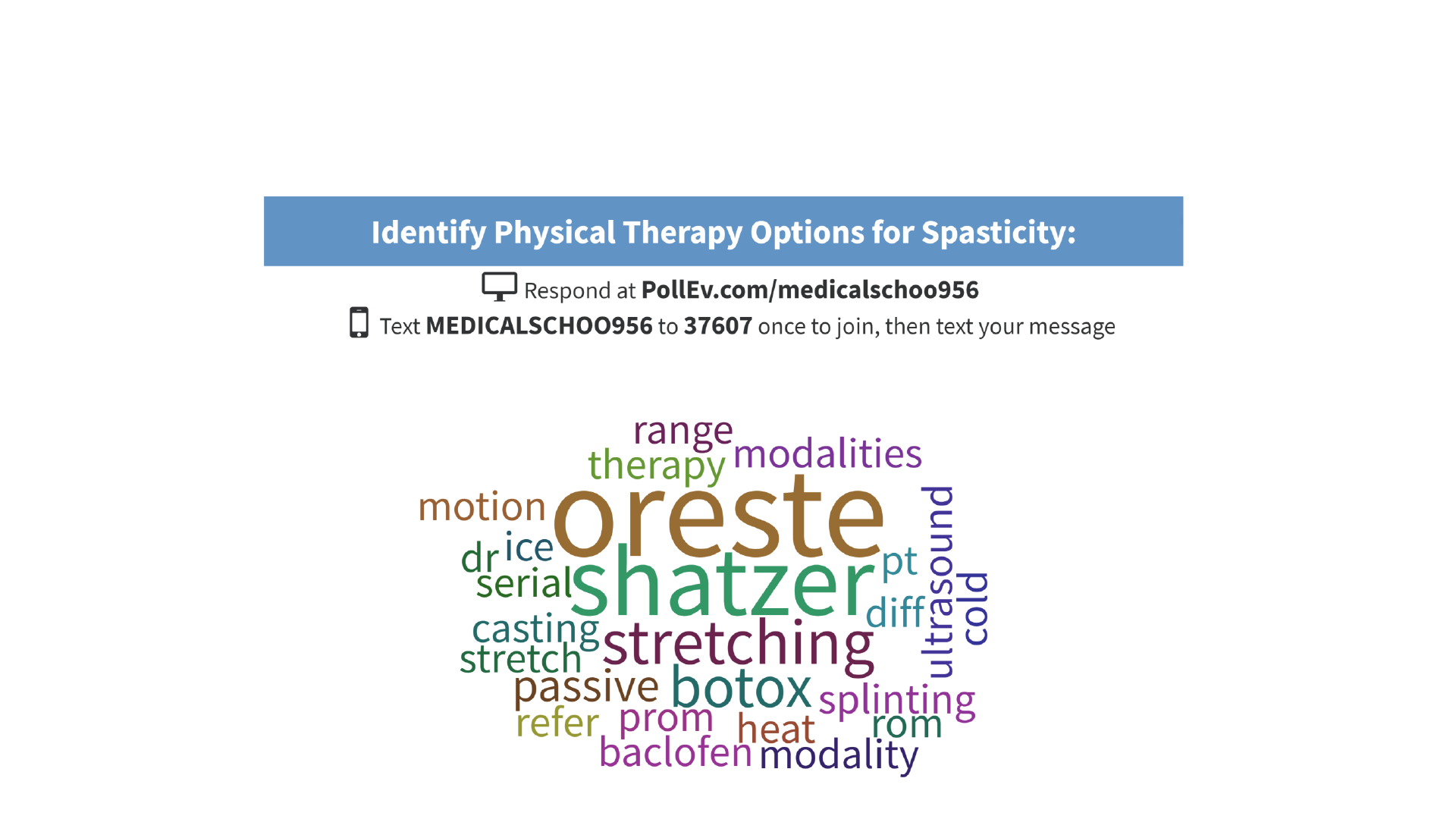
2.2. Using PollEverywhere – Word Clouds are Fun
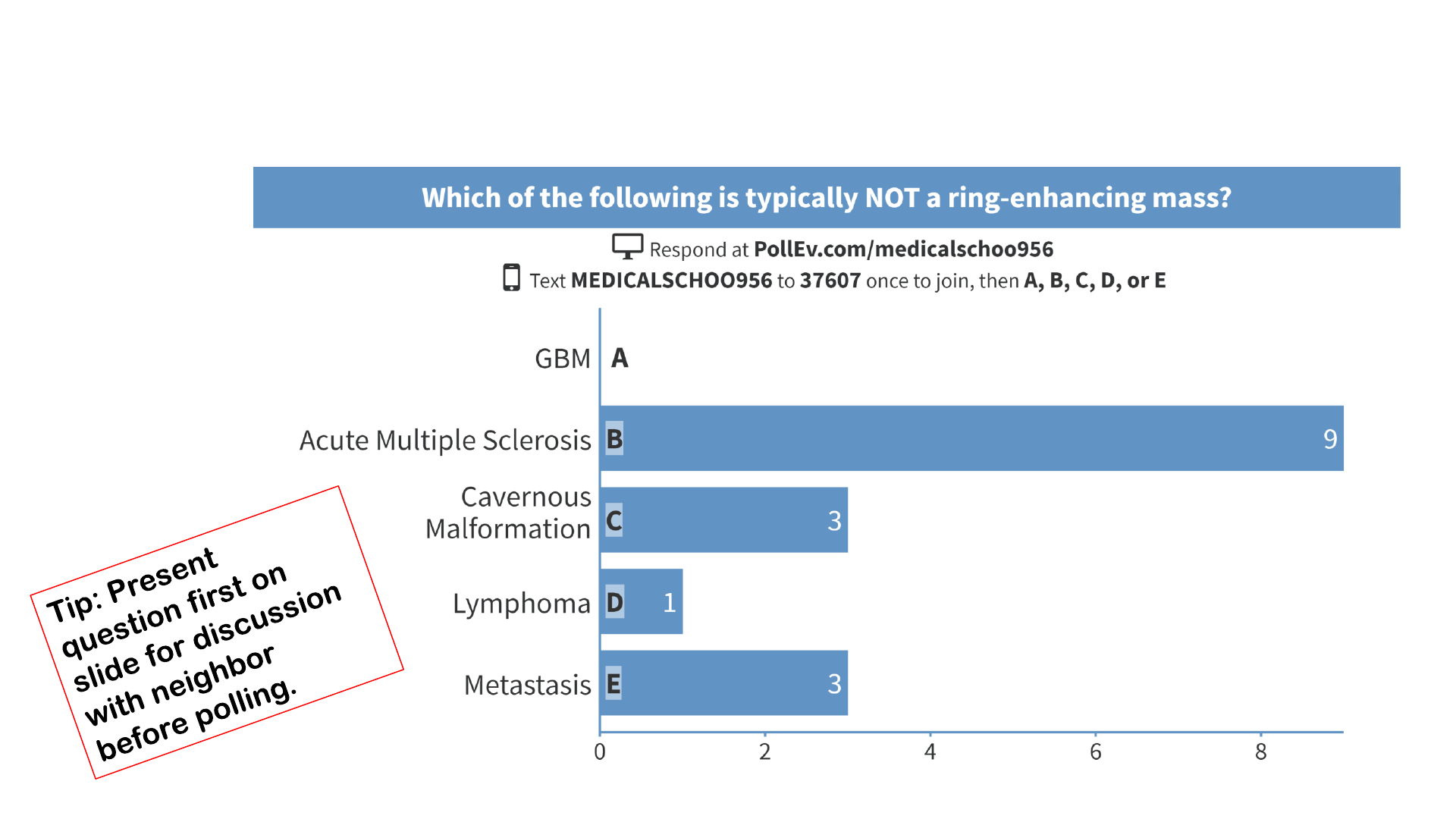
2.2. Using PollEverywhere – Multiple Choice
Questions

2.3. Using PollEverywhere – Open Answers

Case-Based Instruction
Case Vignette:
A year-old Caucasian woman, since 2012 (possibly prior) balance issues, weak and at
times unsteady legs.
New complaints:
• left foot began to drag after she took a long walk
• severe pain and cramps developed in her left leg,
affecting both physical capability and psychological aspects of her life
• bladder involvement
Question 1:
Question 2:
Question 3:

What works for you? Please let me know:
Elisabeth.Schlegel@Hofstra.edu
